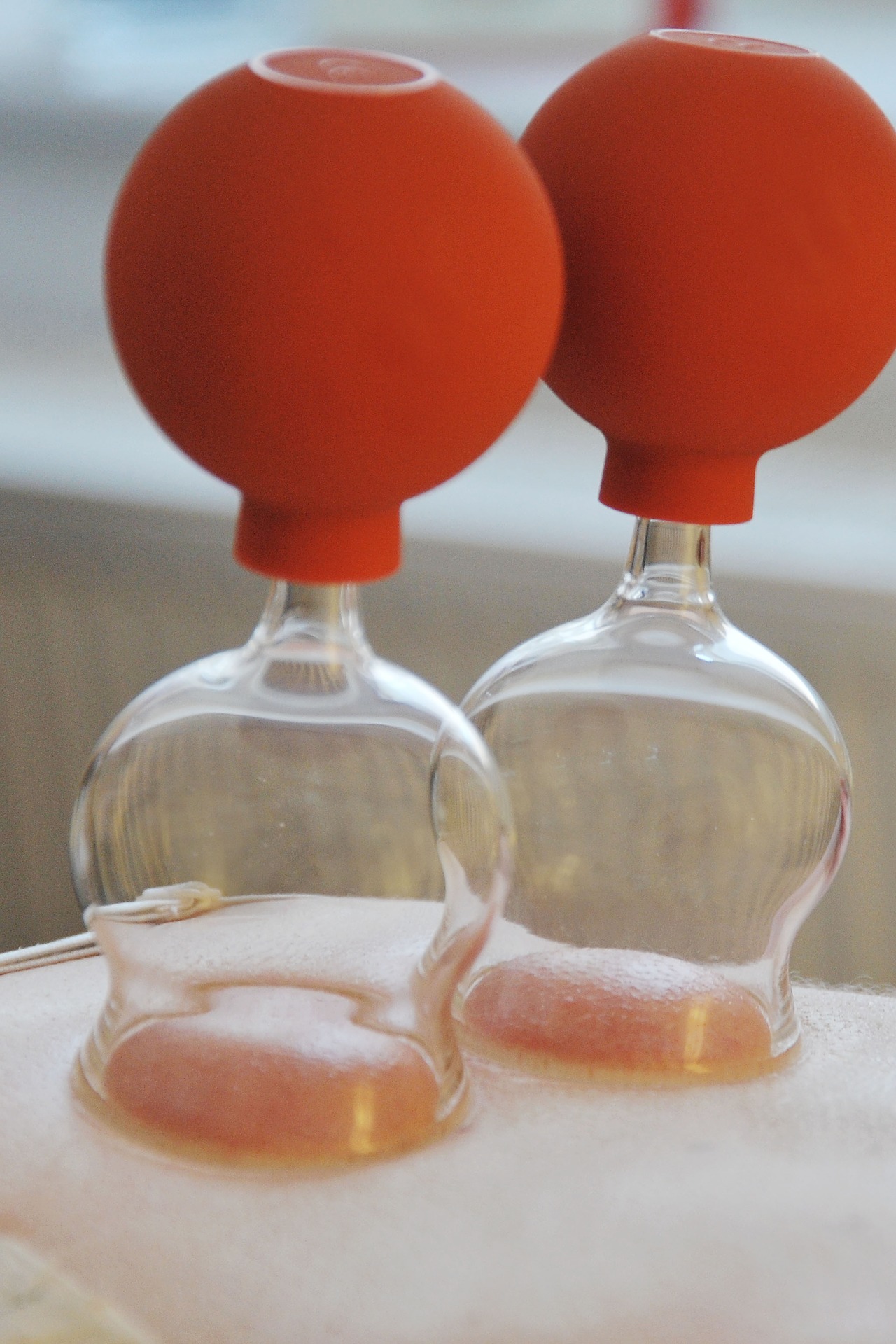People may remember athletes at the 2016 Rio Olympics competing with circular, bruise-like marks on their skin. Famous American athletes such as swimmers Michael Phelps and Natalie Coughlin, and gymnast Alexander Naddour were major proponents of the therapy during the Rio Olympics.
Cupping therapy is an ancient practice dating all the way back to 1550 B.C. It has been practiced in Chinese, Egyptian, and Middle Eastern civilizations. Cupping, in essence, involves the sucking of skin into a vacuum created in a cup. This is supposed to stimulate blood flow, which aids in healing. There are two major types of cupping: dry cupping and wet cupping.
Dry cupping involves creating a low pressure area near the skin. Many practitioners place the cup on softer tissue so that a better seal is created. The surrounding air is heated by igniting a flammable substance, such as alcohol, herbs, or scented oils. By increasing the temperature, the pressure of the nearby air is increased. The cup is then applied to the skin for a few minutes. As the air cools, the pressure also decreases, which creates a vacuum. Many modern techniques, to prevent burns, use a mechanical suction pump to create a vacuum.
Wet cupping, similarly to dry cupping, also sucks the skin into cups. However, after a few minutes have elapsed, small incisions are made in the “cupped” areas. The cup is then placed back on the skin. The cup is finally removed, once the blood clots. According to practitioners, wet cupping cleanses the circulatory system, removing any harmful toxins. Occasionally, as a result of the puncturing of the skin, wet cupping can lead to infection.
Despite the widespread use of cupping therapy among athletes, little scientific evidence exists in support of cupping therapy. Throughout the various studies that have been conducted, a common conclusion is that cupping therapy may help with herpes zoster, also known as shingles, pain, and a few other diseases. However, researchers have cautioned that the studies could have been biased and that better studies are needed. Other researchers have stated that any perceived benefits are due to the placebo effect, which may explain why athletes have taken such a liking to the therapy.
Athletes at the Olympic level may swear by cupping therapy because at the highest level of competition a perceived boost may lead to success. However, science has yet to find any concrete, unbiased evidence in support of cupping therapy’s purported benefits.
Featured Image Source: INVIA










